Home>Furniture & Design>Outdoor Furniture>Where To Place Outdoor Temperature Sensor
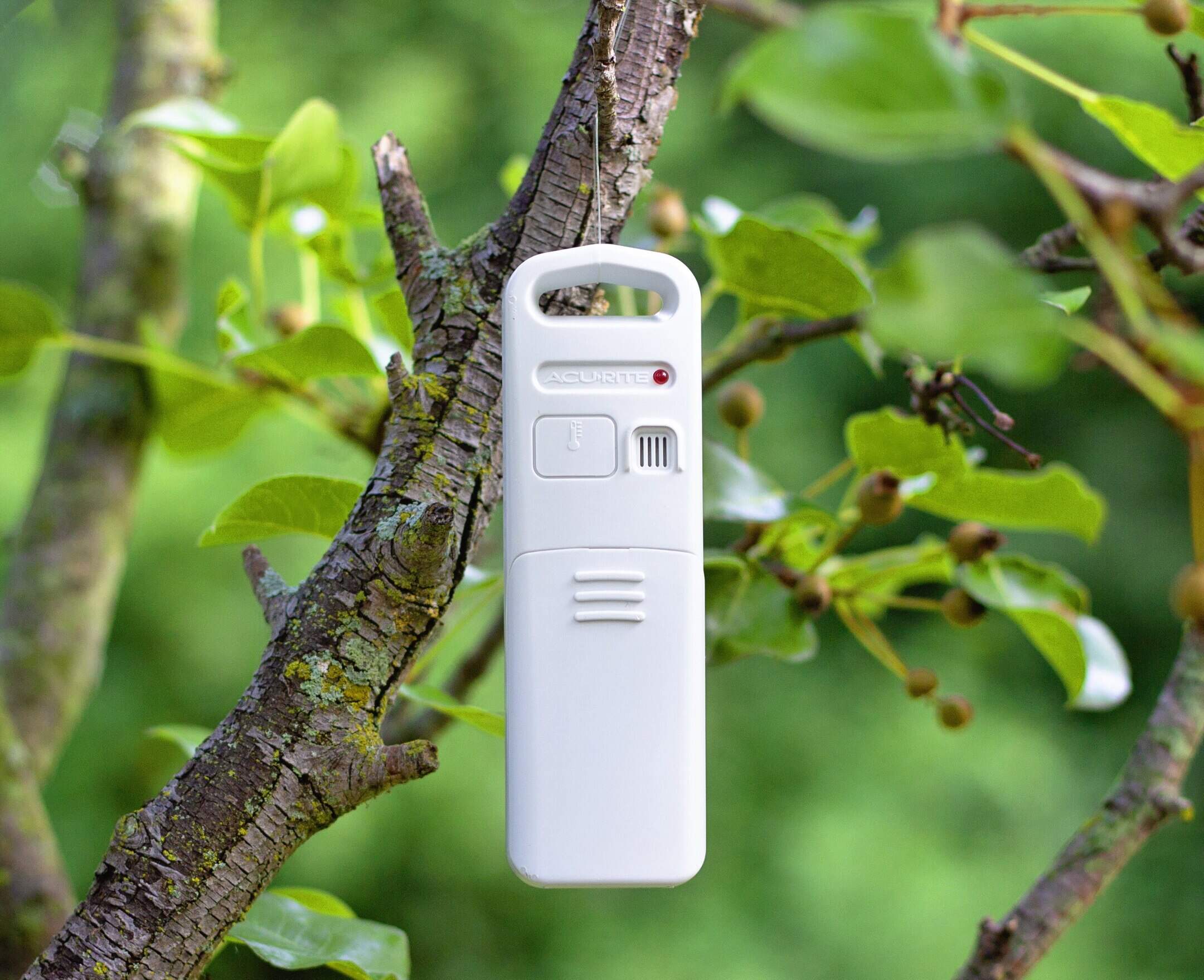

Outdoor Furniture
Where To Place Outdoor Temperature Sensor
Modified: March 2, 2024
Discover the best locations to install an outdoor temperature sensor for optimal performance and accuracy. Find expert tips for placing outdoor temperature sensors near your outdoor furniture and design.
(Many of the links in this article redirect to a specific reviewed product. Your purchase of these products through affiliate links helps to generate commission for Storables.com, at no extra cost. Learn more)
Introduction
When it comes to optimizing your outdoor living space, having an outdoor temperature sensor can be a game-changer. This nifty device not only provides real-time temperature readings but also enhances your overall outdoor experience by allowing you to make informed decisions about activities, such as outdoor dining, gardening, or simply relaxing in your backyard oasis.
In this article, we'll explore the optimal placement for outdoor temperature sensors, taking into account various factors that can affect their accuracy and performance. By strategically situating these sensors, you can ensure that they deliver reliable data while seamlessly blending into your outdoor environment.
Whether you're a seasoned outdoor enthusiast or someone who simply enjoys spending time in their backyard, understanding the best placements for outdoor temperature sensors can significantly elevate your outdoor lifestyle. So, let's dive into the key considerations and explore the ideal locations for these essential devices.
Key Takeaways:
- Find shady, elevated spots for outdoor temperature sensors to get accurate readings and blend seamlessly with your outdoor space. Avoid direct sunlight, heat sources, and obstructed wireless signals for optimal performance.
- Placing outdoor temperature sensors strategically in your outdoor space can enhance your experience by providing reliable data for activities like gardening and outdoor dining. Choose ideal locations and steer clear of avoidable spots for the best results.
Read more: Where To Place Glass Break Sensors
Factors to Consider
Before determining the placement of your outdoor temperature sensor, it’s crucial to consider several factors that can impact its functionality and accuracy. By taking these elements into account, you can ensure that your sensor provides reliable temperature readings, enhancing your outdoor living experience.
- Exposure to Direct Sunlight: Direct sunlight can significantly affect temperature readings, leading to inaccuracies. Therefore, it’s essential to avoid placing the sensor in areas where it will be exposed to prolonged direct sunlight, especially during the hottest parts of the day.
- Proximity to Heat Sources: Placing the sensor near heat-emitting sources, such as grills, fire pits, or outdoor heaters, can skew temperature readings. To obtain accurate data, it’s important to position the sensor away from these heat sources.
- Shelter from Precipitation: While outdoor temperature sensors are designed to withstand various weather conditions, excessive exposure to rain, snow, or hail can impact their longevity and accuracy. Choosing a location that provides some shelter from precipitation can prolong the lifespan of the sensor.
- Wireless Connectivity: If your outdoor temperature sensor relies on wireless connectivity to transmit data to a receiver or smart device, consider the signal range and potential obstructions. Placing the sensor within the optimal wireless range ensures seamless data transmission.
- Integration with Outdoor Décor: To maintain a visually appealing outdoor space, consider how the sensor will integrate with your existing outdoor décor. Opt for placements that blend the sensor seamlessly into the environment without compromising its functionality.
By carefully evaluating these factors, you can make informed decisions about where to position your outdoor temperature sensor, ensuring accurate temperature readings while maximizing its performance and longevity.
Ideal Locations for Outdoor Temperature Sensors
Choosing the ideal locations for outdoor temperature sensors involves identifying areas that offer optimal conditions for accurate temperature readings while seamlessly integrating the sensors into your outdoor living space. By strategically placing these devices, you can harness their full potential and make the most of your outdoor environment.
- Shaded Areas: Placing the sensor in shaded areas, such as under a pergola, near tall trees, or on the north-facing side of your home, helps prevent direct sunlight exposure, ensuring more accurate temperature readings throughout the day.
- Elevated Positions: Mounting the sensor in elevated positions, such as on a fence post or a wall, can enhance its ability to capture ambient air temperature while minimizing interference from ground-level heat sources.
- North-Facing Walls: Attaching the sensor to a north-facing exterior wall can provide a stable environment for temperature readings, as these walls receive minimal direct sunlight and offer consistent thermal conditions.
- Under Eaves or Overhangs: Placing the sensor under eaves, overhangs, or other architectural features can offer protection from direct precipitation while allowing for adequate air circulation, contributing to accurate temperature measurements.
- Strategic Garden Locations: Integrating the sensor into your garden area, away from artificial heat sources, can provide valuable temperature data for gardening and plant care, helping you make informed decisions about watering and plant protection.
By considering these ideal locations, you can ensure that your outdoor temperature sensor delivers reliable and precise readings, enriching your outdoor activities and contributing to a more enjoyable and comfortable outdoor living experience.
Place the outdoor temperature sensor in a shaded area away from direct sunlight and heat sources, such as buildings or pavement, to ensure accurate readings.
Avoidable Locations for Outdoor Temperature Sensors
While identifying the ideal locations for outdoor temperature sensors is essential, it’s equally important to recognize areas where placing these devices may compromise their accuracy and performance. By steering clear of these avoidable locations, you can maintain the integrity of temperature readings and optimize the functionality of your outdoor sensors.
- Direct Sunlight Exposure: Avoid placing the sensor in areas exposed to prolonged direct sunlight, such as open, unshaded spaces or south-facing walls. Direct sunlight can lead to elevated temperature readings, impacting the sensor’s accuracy.
- Proximity to Heat Sources: Steer clear of positioning the sensor near heat-emitting sources, including grills, fire pits, outdoor heaters, or reflective surfaces, as these can distort temperature readings and compromise the sensor’s performance.
- Obstructed Wireless Signal Paths: Avoid locations with significant obstructions or long distances from the receiver or smart device, as these can hinder wireless signal transmission and lead to connectivity issues.
- Exposed to Extreme Weather: Refrain from placing the sensor in areas prone to extreme weather conditions, such as direct exposure to heavy rainfall, snow accumulation, or strong winds, as these elements can impact the sensor’s durability and accuracy.
- Ground-Level Positions: Avoid placing the sensor in low-lying areas or near surfaces that absorb and emit heat, such as concrete patios or asphalt driveways, as these locations can skew temperature readings due to ground-level thermal radiation.
By steering clear of these avoidable locations, you can safeguard the accuracy and performance of your outdoor temperature sensor, ensuring that it provides consistent and reliable temperature data to enhance your outdoor living experience.
Conclusion
Strategically placing outdoor temperature sensors in your outdoor living space can significantly enhance your ability to monitor and enjoy the environment while making informed decisions about various outdoor activities. By considering factors such as sunlight exposure, heat sources, wireless connectivity, and integration with outdoor décor, you can optimize the performance and accuracy of these essential devices.
Identifying ideal locations, such as shaded areas, elevated positions, north-facing walls, and sheltered spots, allows for reliable temperature readings and seamless integration with your outdoor environment. Conversely, steering clear of avoidable locations, including those exposed to direct sunlight, heat sources, obstructed wireless signal paths, extreme weather, and ground-level thermal radiation, helps maintain the integrity of temperature data and ensures the sensors’ longevity.
Ultimately, the placement of outdoor temperature sensors should prioritize accuracy, functionality, and seamless integration with your outdoor living space. By leveraging these devices in optimal locations, you can gain valuable insights into outdoor temperature variations, optimize gardening and outdoor activities, and create a more comfortable and enjoyable outdoor environment.
Whether you’re savoring a meal on your patio, tending to your garden, or simply relaxing in your outdoor oasis, the strategic placement of outdoor temperature sensors empowers you to make the most of your outdoor experience while staying attuned to the ever-changing outdoor conditions.
So, take the time to identify the perfect spots for your outdoor temperature sensors, and reap the rewards of a more informed, comfortable, and enjoyable outdoor lifestyle.
Frequently Asked Questions about Where To Place Outdoor Temperature Sensor
Was this page helpful?
At Storables.com, we guarantee accurate and reliable information. Our content, validated by Expert Board Contributors, is crafted following stringent Editorial Policies. We're committed to providing you with well-researched, expert-backed insights for all your informational needs.
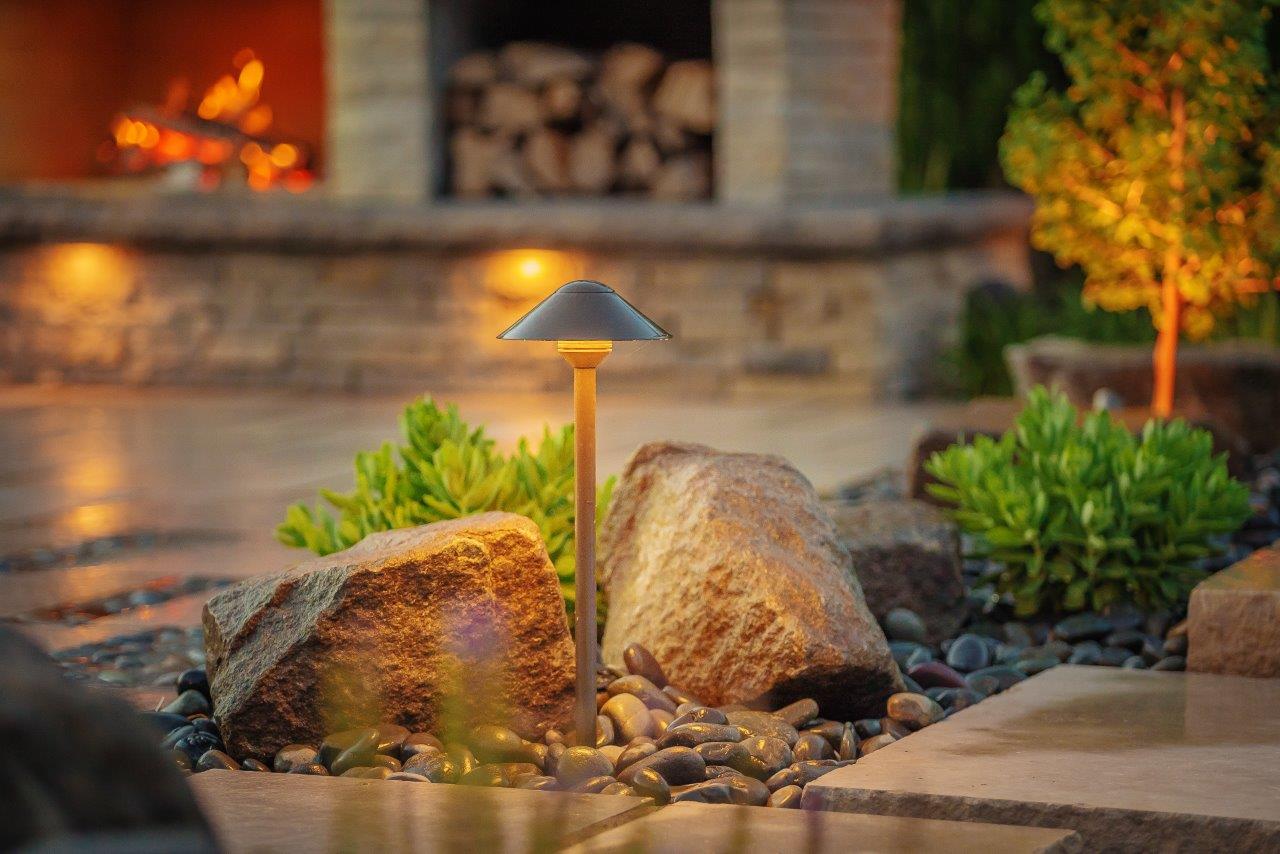
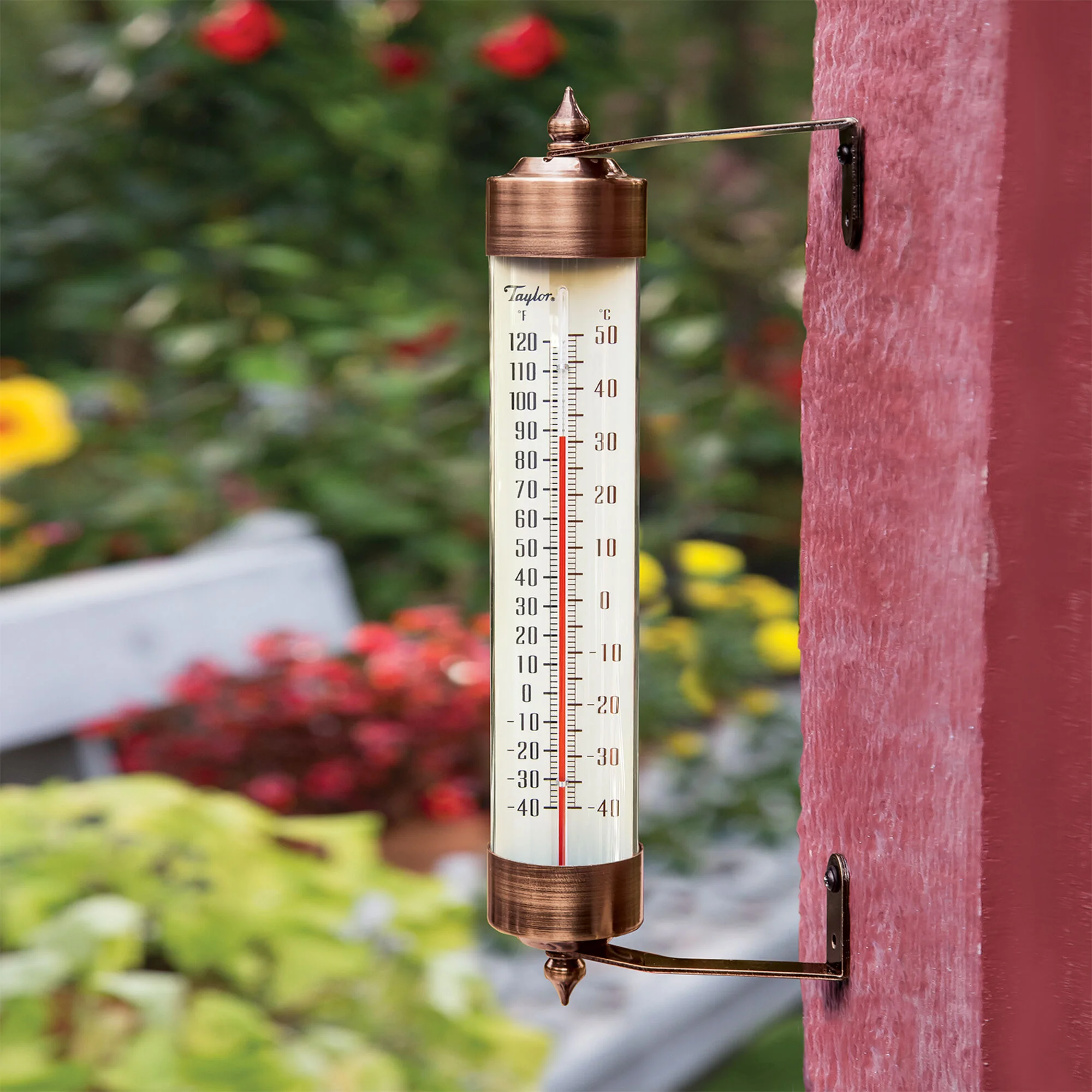

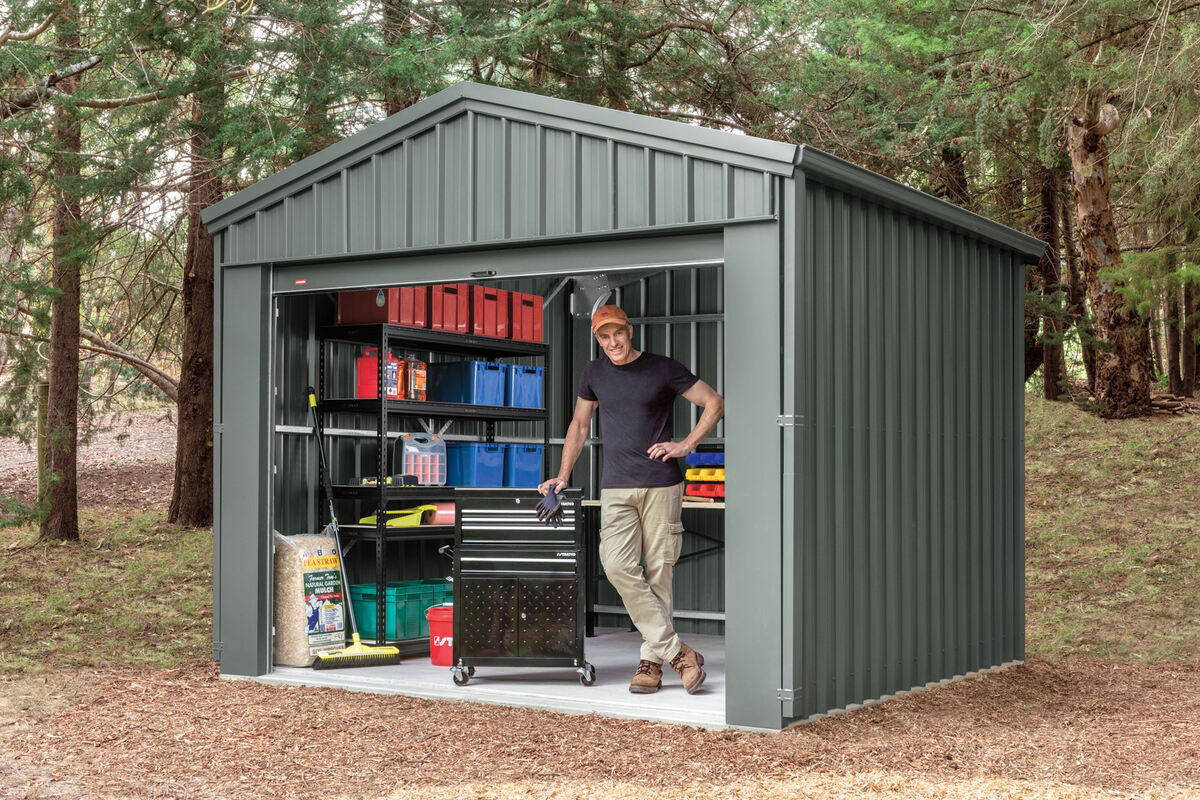
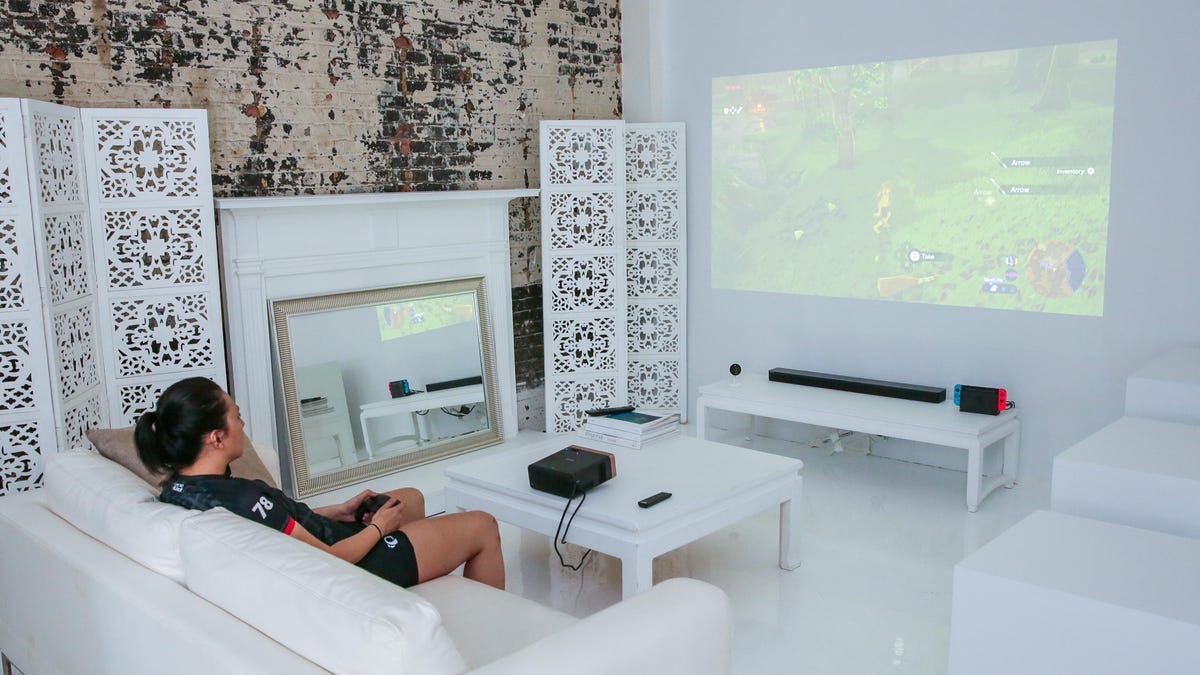
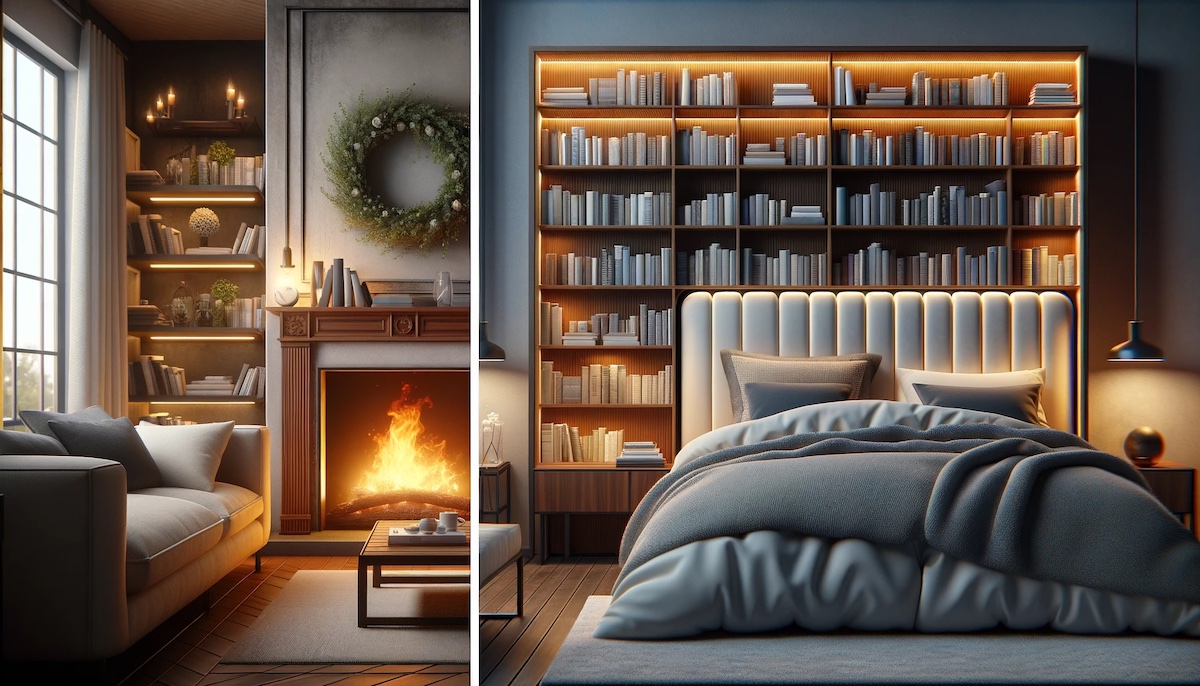
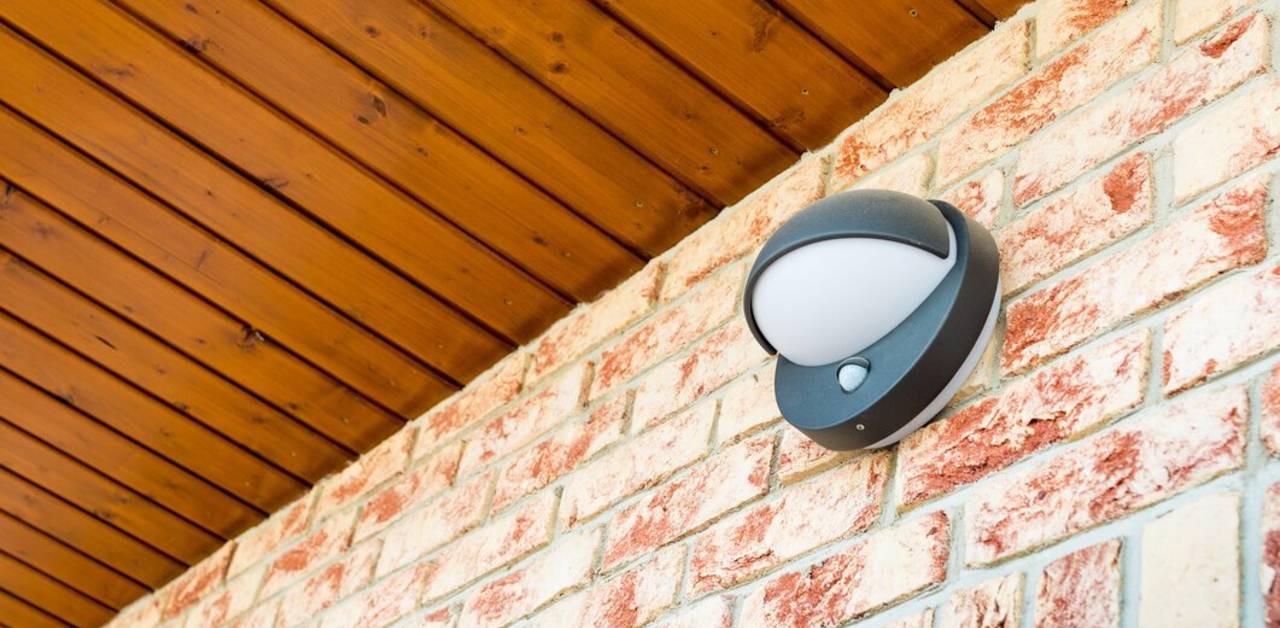
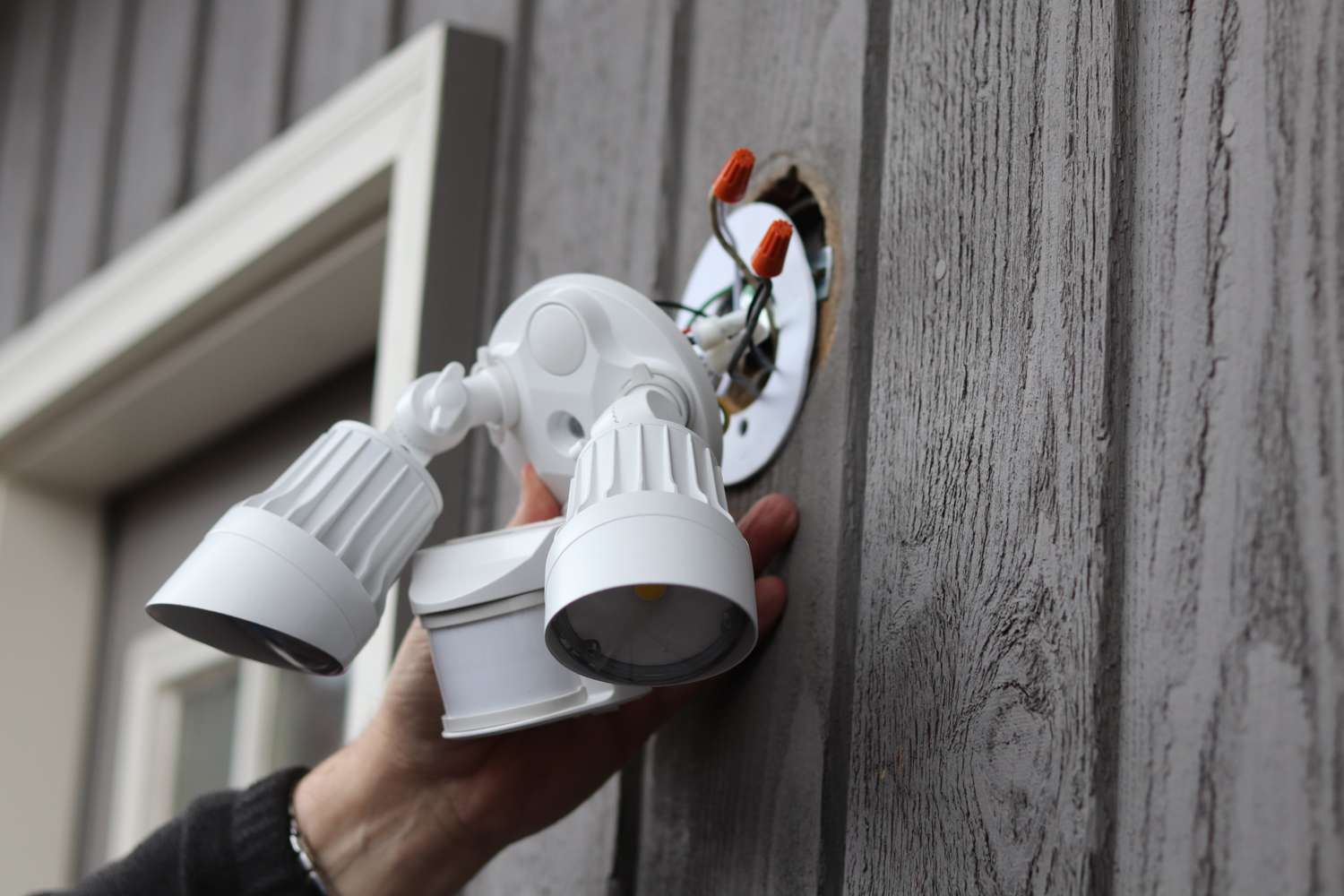
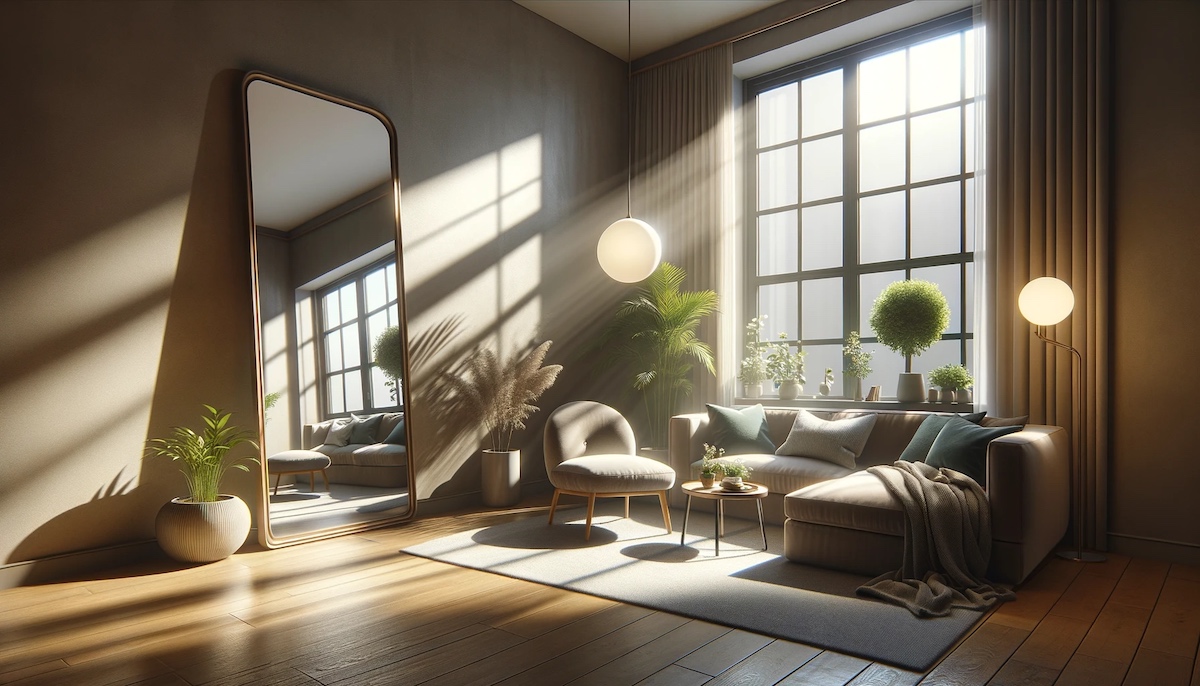
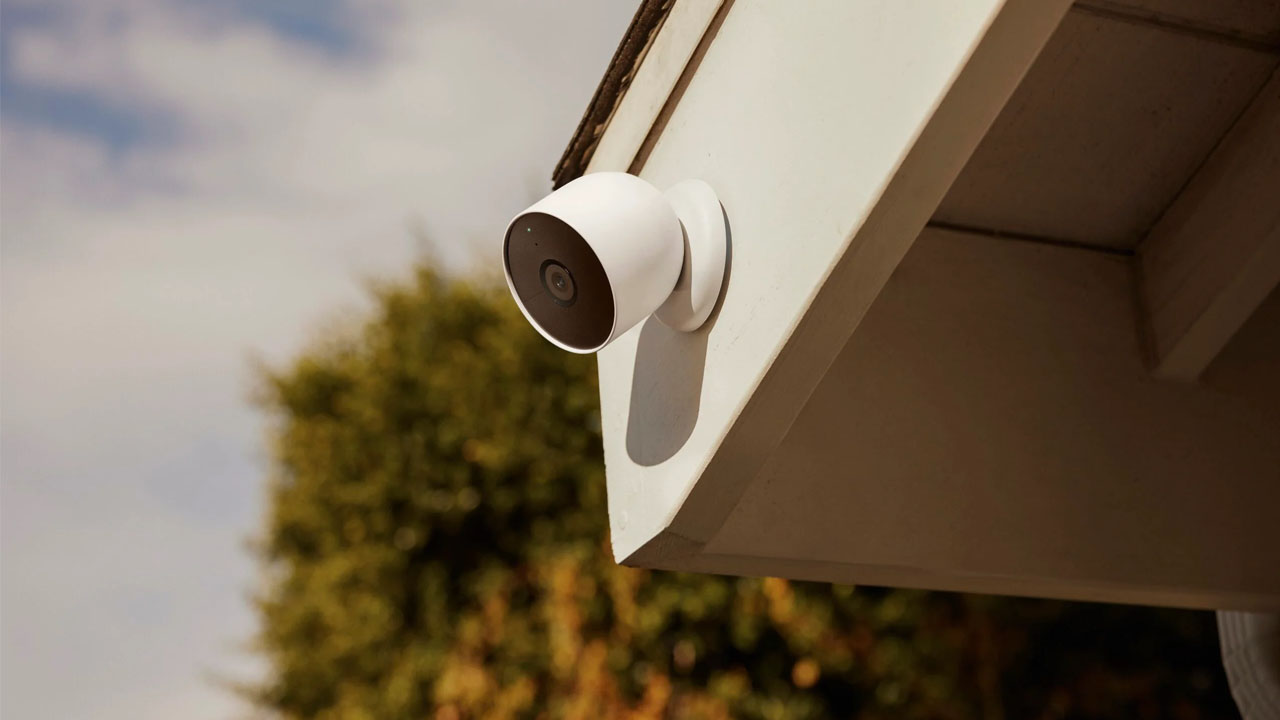
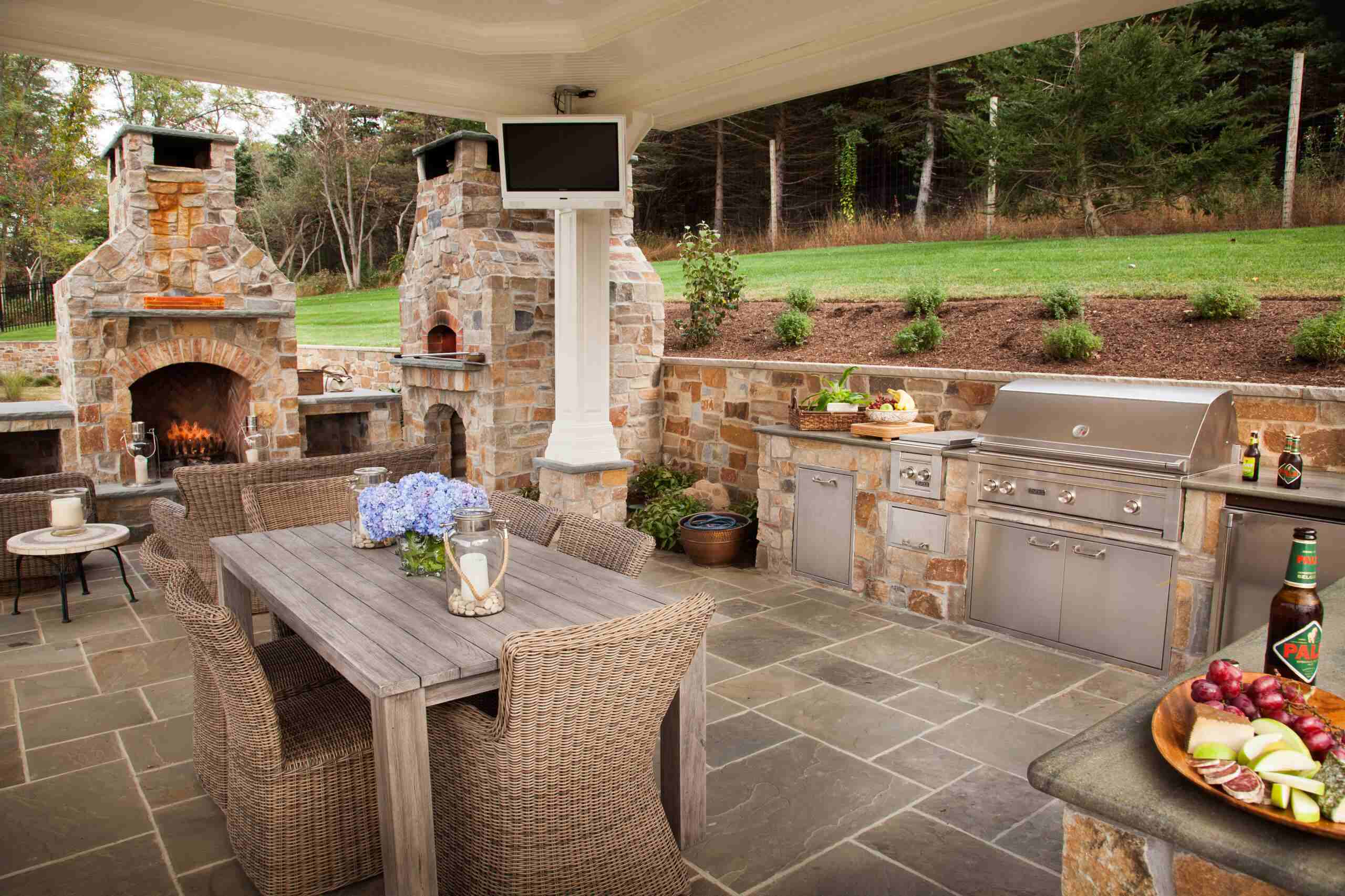
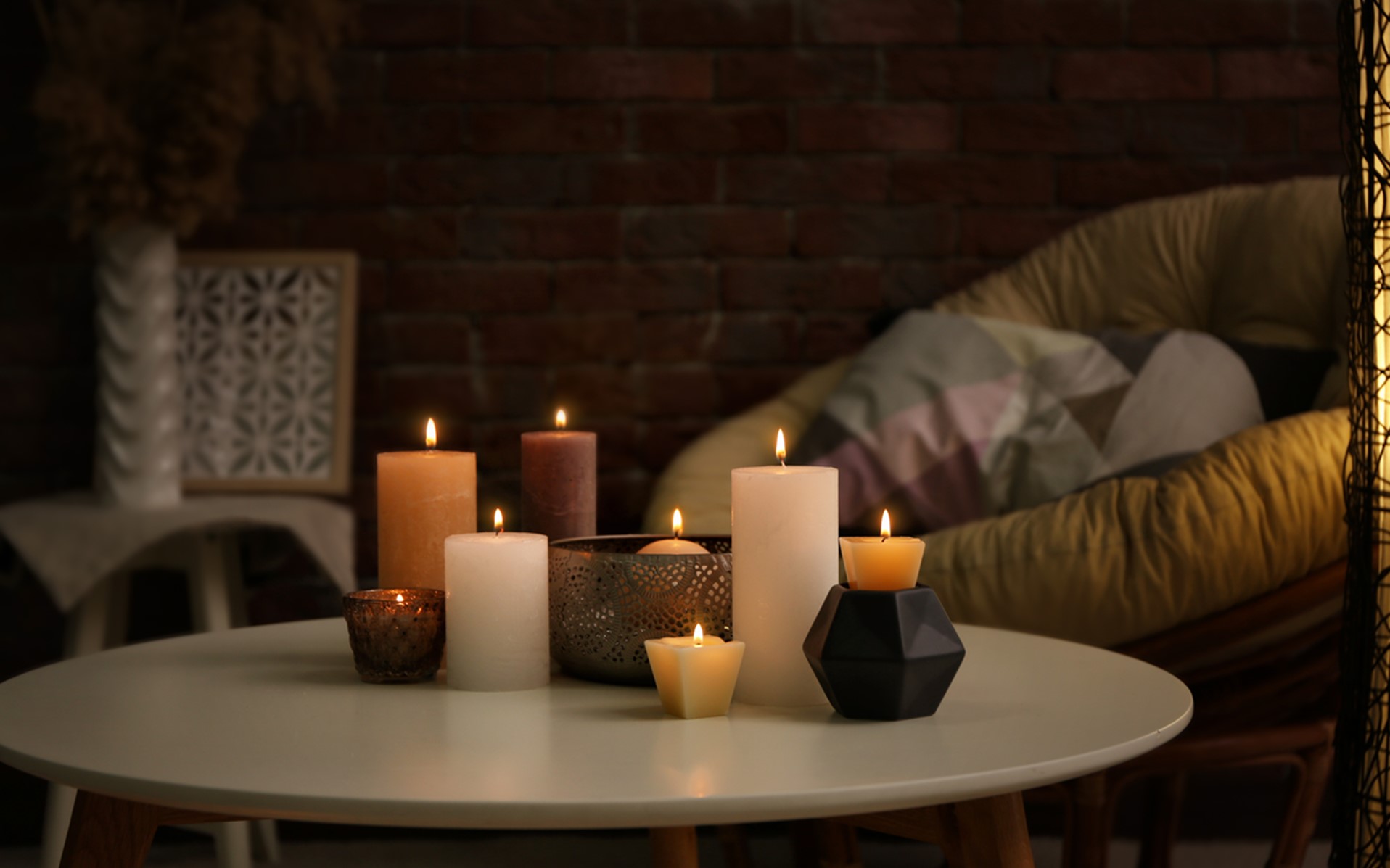
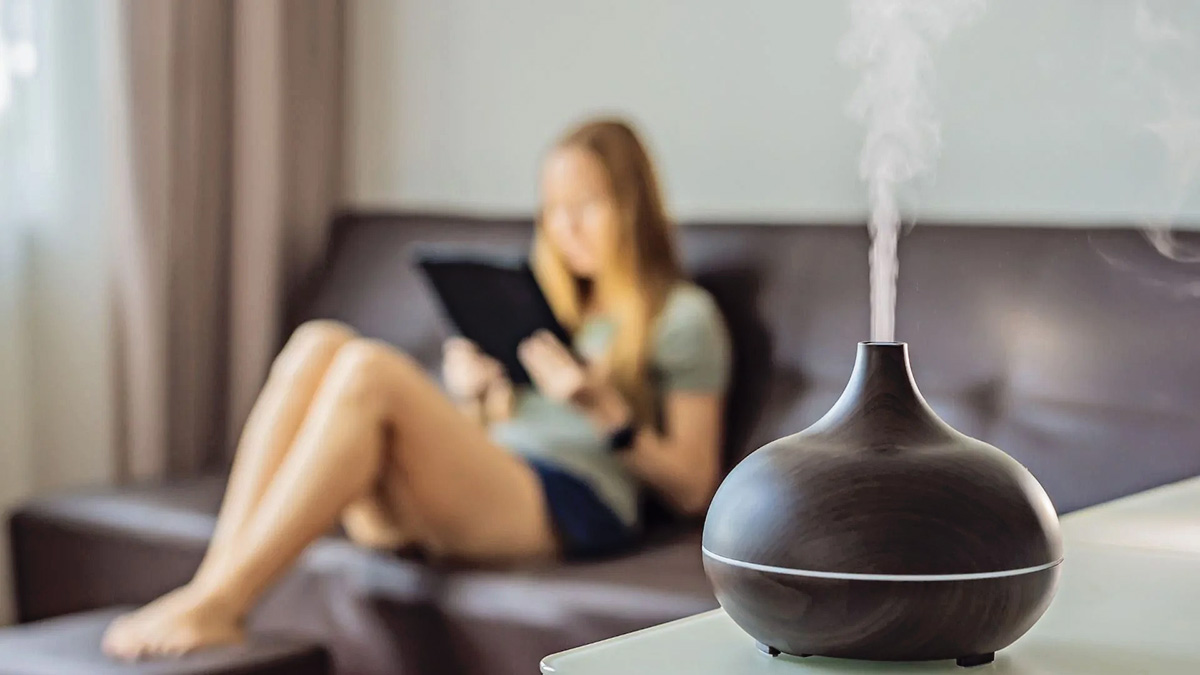
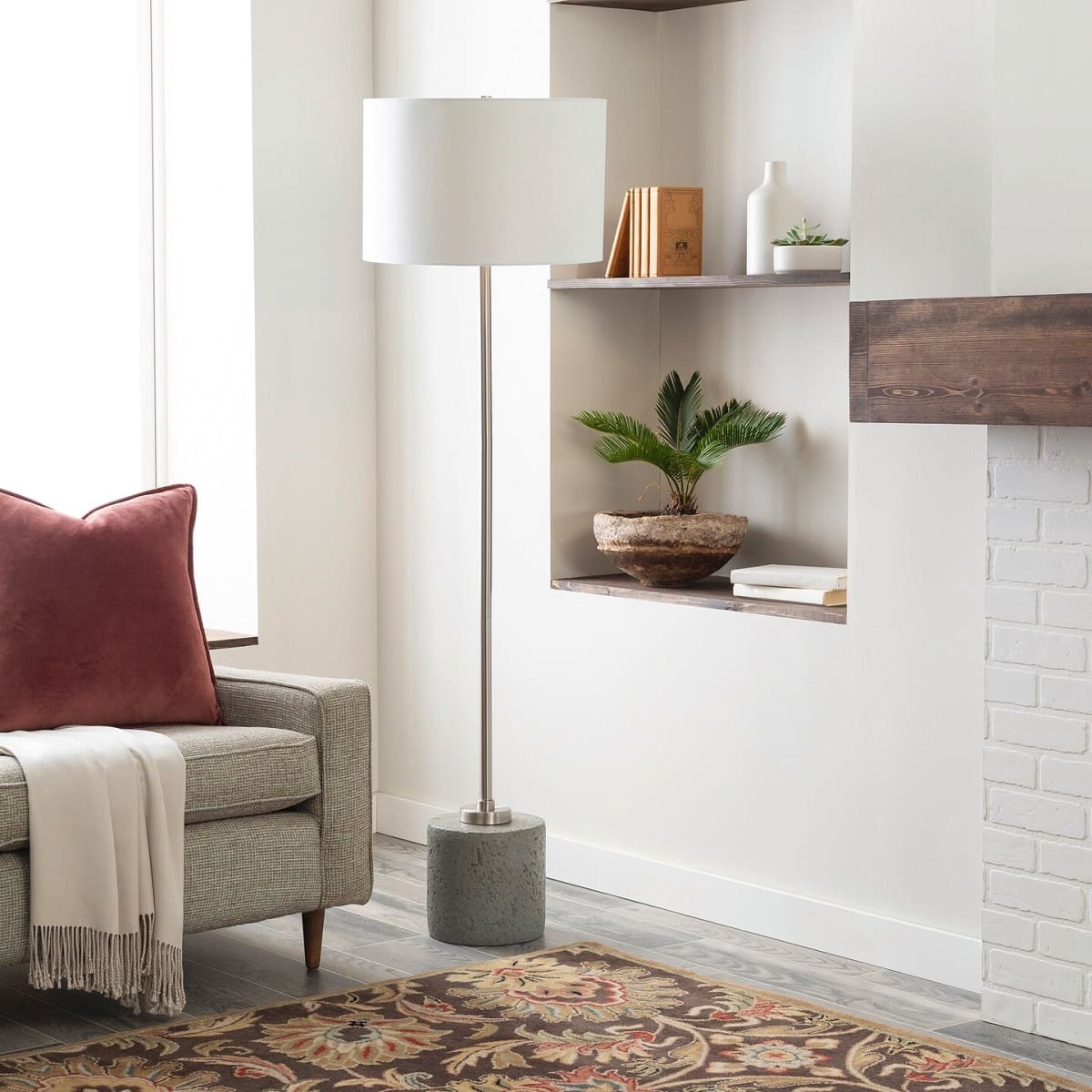
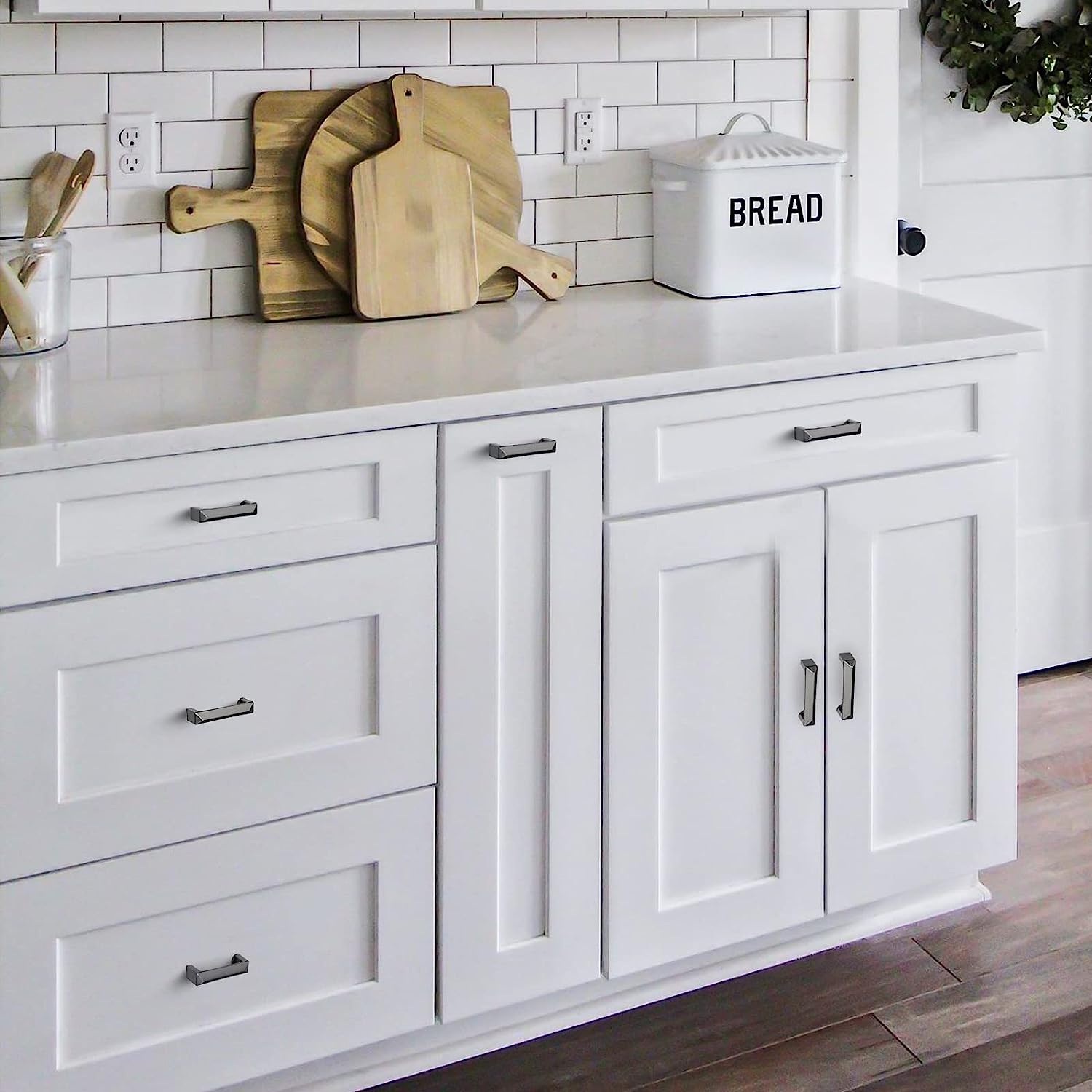

0 thoughts on “Where To Place Outdoor Temperature Sensor”